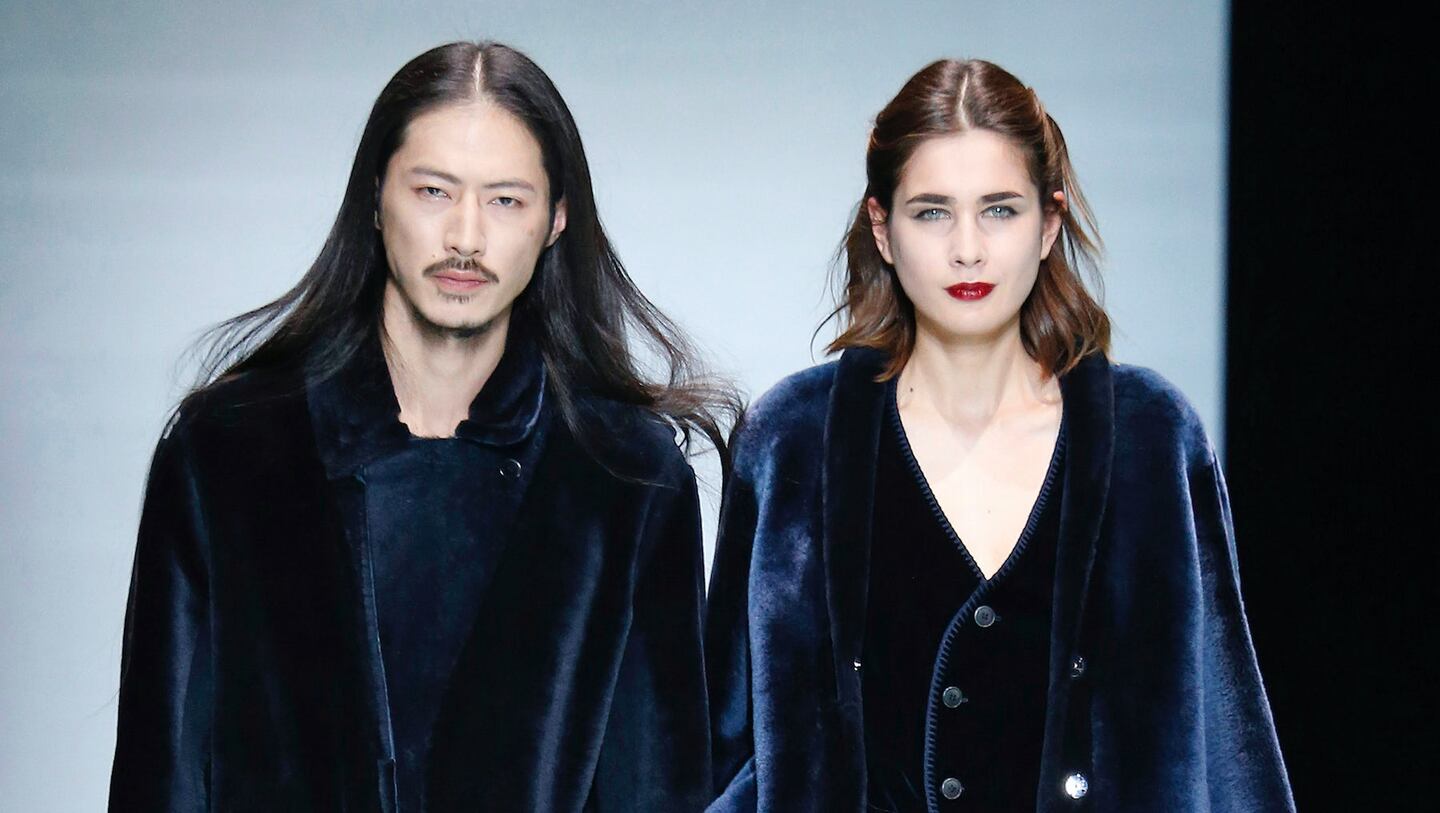
The Business of Fashion
Agenda-setting intelligence, analysis and advice for the global fashion community.

Agenda-setting intelligence, analysis and advice for the global fashion community.

"Armani Pledges to Go Fur-Free" (Associated Press)
"Giorgio Armani has agreed to stop using fur for all its products, following years of lobbying by animal rights activists."
"Despite Gains, the Fall 2016 Runways Were Still Less Than 25 Percent Diverse" (The Fashion Spot)
"As this year's Diversity Report proves, change is coming ever so slowly with New York leading the charge."
"Fur-Free Coats and Wood Heels: Study a Master's in Sustainable Fashion" (The Guardian)
"The shift is towards more ethical and sustainable practices in the manufacturing process, and a number of postgraduate courses are setting the trend."
"Ethical Shoppers Don't Inspire Us — They Bug Us" (Harvard Business Review)
"When you decide not to seek out ethical information about a company but then see another person doing it, how does that make you feel?"
"Lush Sells Bath Bombs and Cosmetics. It also Gives Nearly £6 Million a Year to Far-Left Groups" (Quartz)
"How did a for-profit cosmetics company become a huge backer of direct protest both in the UK and abroad?"
Europe’s Parliament has signed off rules that will make brands more accountable for what happens in their supply chains, ban products made with forced labour and set new environmental standards for the design and disposal of products.
Fashion’s biggest sustainable cotton certifier said it found no evidence of non-compliance at farms covered by its standard, but acknowledged weaknesses in its monitoring approach.
As they move to protect their intellectual property, big brands are coming into conflict with a growing class of up-and-coming designers working with refashioned designer gear.
The industry needs to ditch its reliance on fossil-fuel-based materials like polyester in order to meet climate targets, according to a new report from Textile Exchange.